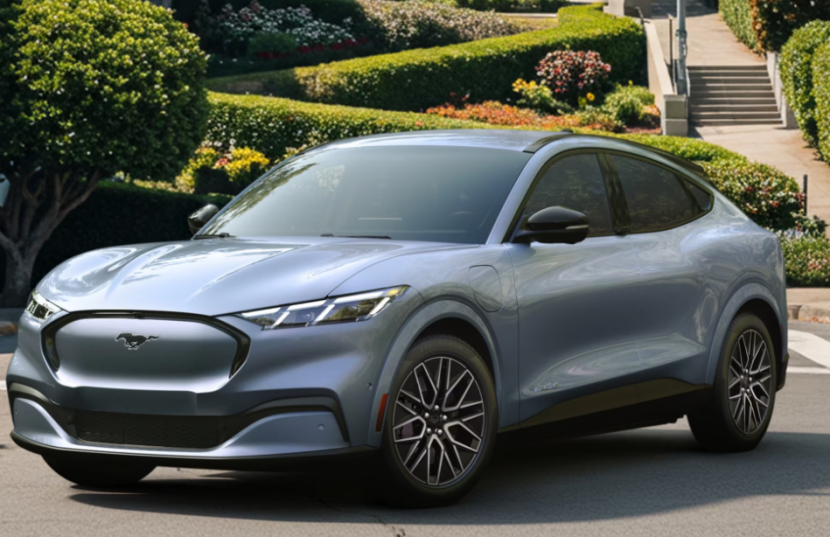According to Bloomberg, following the Trump administration's cancellation of up to $7,500 in electric vehicle subsidies, Ford Motor Company has pledged to reduce the prices of its electric vehicles. Ford's cheapest electric vehicle currently retails for just under $38,000, which is 22% lower than the average price of cars in the United States. At the Bloomberg Green Summit held on July 15 in Seattle, Bob Holycross, Ford's Chief Sustainability, Environment and Safety Officer, stated, "This is exactly the direction we need to work towards. For electric vehicles to transition from the 'early adopter' group to a broader mainstream consumer base, affordability will be a key factor." High prices remain one of the biggest barriers to electric vehicle adoption. Data from Edmunds.com shows that in April, the average spending by American consumers on electric vehicles reached $59,900, about $11,000 higher than the average transaction price for all vehicles in the U.S. Following Congress's decision to abolish the federal electric vehicle tax credit and eliminate various supporting policies, analysts have significantly lowered their sales forecasts for electric vehicles. Nevertheless, Ford and its competitors have made progress in vehicle pricing: since January 2023, the actual transaction prices for electric vehicles in the U.S. have decreased by 7.4% (not adjusted for inflation), with 19 pure electric models now priced below the average market purchase price, including the Ford Mustang Mach-E. Bob Holycross emphasized, "We must compete on affordability; this is not just about the U.S. auto industry, but a global competition." He also mentioned that Ford will shift towards hybrid and range-extended electric vehicles, planning to expand hybrid options across its entire product line. Currently, Ford engineers are calculating data for range-extended electric vehicles, which use a small gasoline engine solely to charge a large battery. Although it still involves internal combustion, this innovative powertrain system can provide driving distances far exceeding that of conventional electric vehicles. Bob Holycross stressed, "This technology will be a critical component of the technology system we must carefully evaluate. What we really need to focus on is the 'zero-emission driving range' metric, not just the pure electric range."
Ford Commits to Lowering Electric Vehicle Prices After EV Subsidy Cuts

Share this post on: